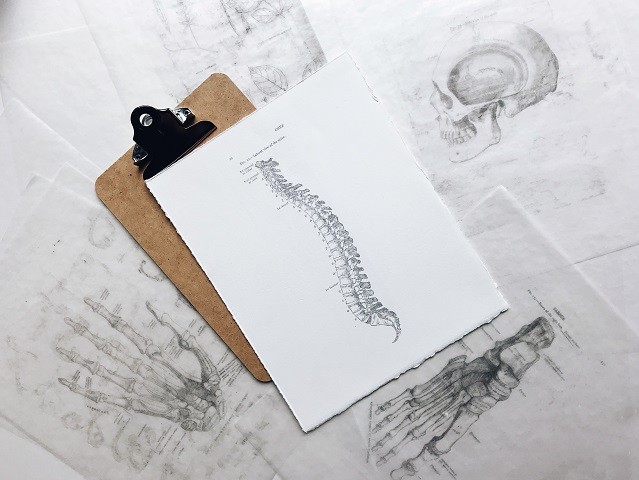New biomaterial implants for spinal cord neuronal regeneration
Spinal cord injury (SCI) has dramatic life-changing consequences and affects thousands of people worldwide every year. Often these injuries are caused by road accidents, falls or violence. The cost to quality of life and society is substantial. The affected patients have the spinal cord sectioned, which results in para- and tetraplegia caused by the partial or complete disruption of descending motor and ascending sensory neurons. The neuronal disruption induces loss of muscle function, sensation, or autonomic function in the parts of the body served by the spinal cord below the level of the injury. Different treatment strategies for SCI have been proven at research level. However, today no therapy can entirely restore neuromotor deficits. New research into biomaterials – synthetic substances that have been engineered to interact with the body to treat, augment, repair, or replace a tissue function – could provide a first step towards a solution for SCI patients to recover mobility. The NeuroStimSpinal project, led by the University of Aveiro in Portugal and funded under the EU's FET programme, brings together a pan-European consortium to develop an implantable biomaterial for reconnecting damaged spinal cord sections. The researchers have strong expertise in cells characterisation, graphene materials, and animal studies. More specifically, the team is developing various types of neural tissue engineered scaffolds that are capable of combining fibrous and porous topographic cues to mimic the morphology of a native spinal cord. This enables the biomaterial thus created to be customised to different SCI locations. Biomaterials require biocompatibility with recipient of the implant to ensure successful application. Consequently, the project resorts to potentiating the properties of graphene-related materials supported in a protein-rich decellularised matrix to minimise any potential risk of rejection. If the following in vitro and in vivo tests are successful, NeuroStimSpinal project might have a huge impact on society. Beyond addressing the healthcare challenge of spinal cord injuries, a scaffold able to promote neural regeneration, axon growth and neural connection could establish a new line of scientific research with potential applications in other neurological disorders such as Alzheimer, Parkinson's disease and epilepsy.
Keywords
biomaterials, neuronal regeneration, deficit, research, spinal cord, healthcare



